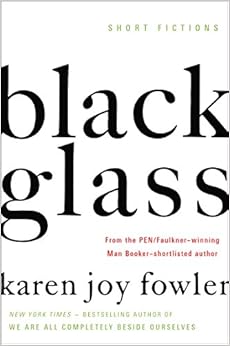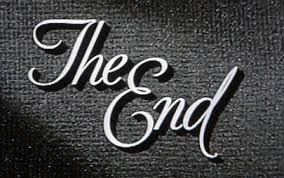First Lines in Fiction – Black Glass
 Black Glass, by Karen Joy Fowler
Black Glass, by Karen Joy Fowler
Great First Lines in Fiction
First published in 1998, this book of short stories by the author of We Are All Completely Beside Ourselves is just as rich and complex and strange as it was seventeen years ago. If you’ve read it before, it’s worth revisiting, and if you haven’t, it’s time to discover the short fiction of Karen Joy Fowler.
The best fiction sucks us in by presenting opening lines we simply can’t walk away from, because they raise so many intriguing questions, and we can’t leave until we have the answers. For this reason, I often begin fiction writing workshops with a study of the opening paragraphs of novels and stories.
What a first line shouldn’t be: boring or overwrought. Nothing is more irritating to me as a reader than when the writer uses the first line to show off, rather than to start a story. Anyone can show off, but it takes something more to let the reader know, in the very first line, that a)you can tell a story and b)you’re about to do just that.
What a first line must be: clear and suggestive. Clear because the reader should not be trying to untangle words in your very first sentence. Suggestive because the line must suggest a character, or a place, or a situation, or a problem, or some combination thereof.
Here are a few of the first (or almost-first) lines from Black Glass:
From The “Elizabeth Complex”:
There is no evidence that Elizabeth ever blamed her father for killing her mother.
From “Shimbara”:
At the top of the cliffs was a castle and, inside the castle, a 15-year-old boy. Here is where it gets tricky. What is different and what is the same?
Here is the opening of “Letters From Home:”
I wish you could see me now. You would laugh. I have a husband. I have children.
To whom is the narrator speaking? And why would this person laugh at the notion of her having a husband and children?
We have to know. And so we read on. That’s exactly what great fiction urges us to do.
 Black Glass, by Karen Joy Fowler
Black Glass, by Karen Joy Fowler Stories are like relationships: the beginning is always so much fun, and the ending is fraught with turmoil.
Stories are like relationships: the beginning is always so much fun, and the ending is fraught with turmoil.